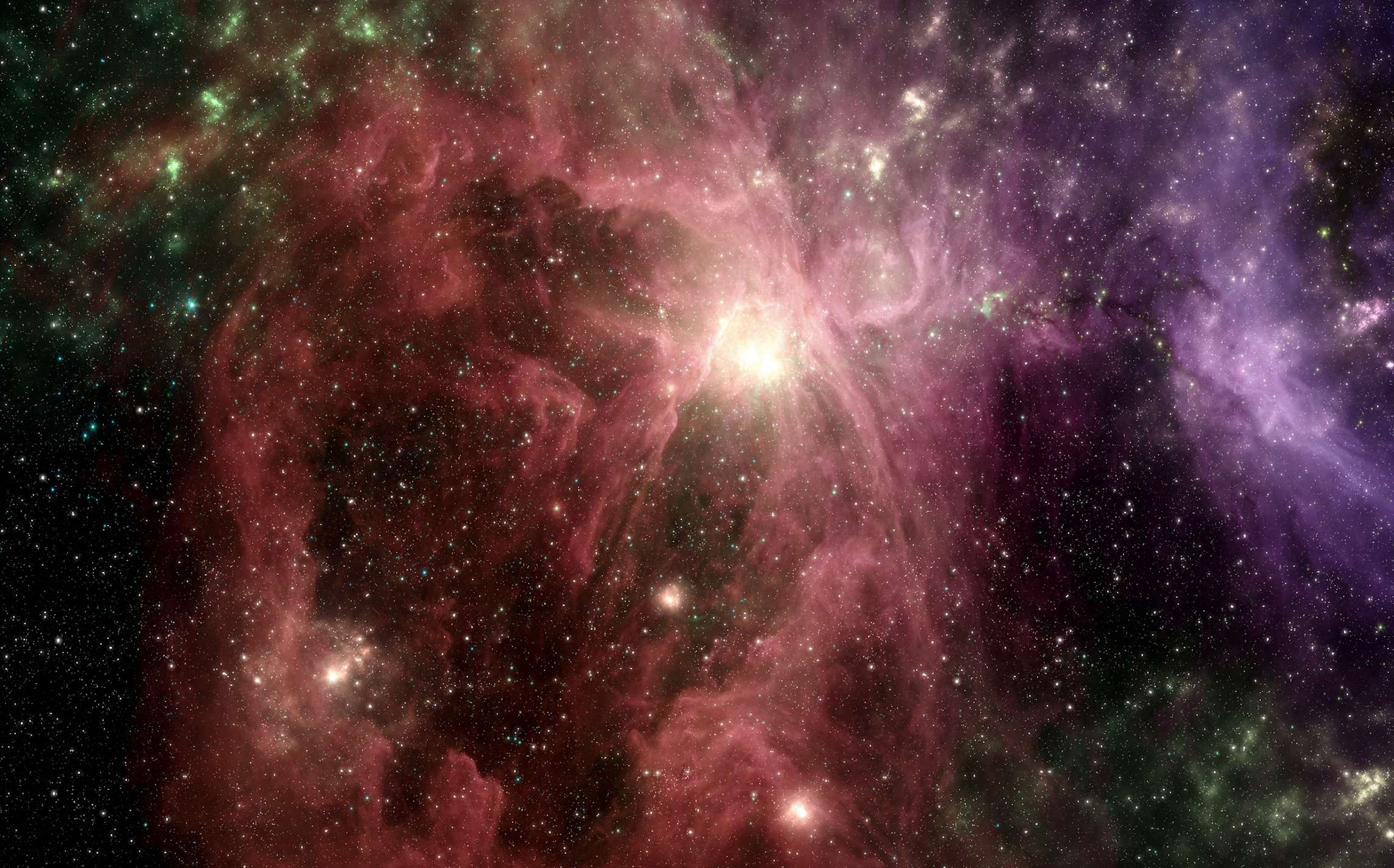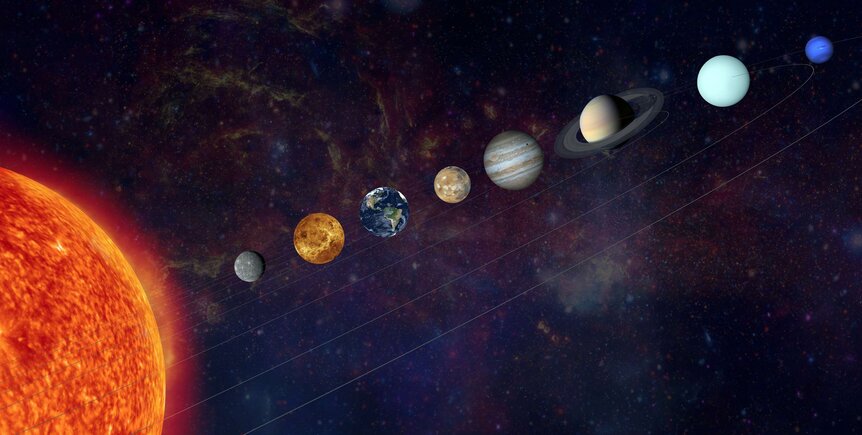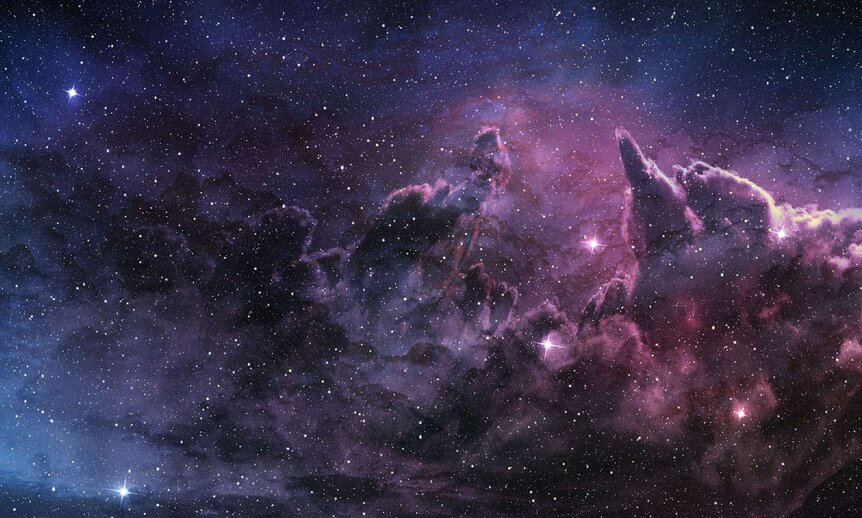Create a free profile to get unlimited access to exclusive videos, sweepstakes, and more!
Scientists believe our solar system was whipped together in just 200,000 years

Cosmic time is often impenetrable when it comes to wrapping our puny human minds around. Consider that the universe is estimated to be approximately 13.8 billion years old and our own solar system is a mere 4.5 billion years old, then try to embrace the fact that humans as we know them have only been on Earth a minute fraction of that broad swath of millennia.
But time is a wibbly-wobbly thing, and a new research paper conducted by scientists at the Lawrence Livermore Laboratory (LLNL) posits that our cozy local system was cooked up relatively quickly amid the violent coalescence of interstellar gas and dust, forming our yellow sun and its complement of planets in just under 200,000 years. These conclusions were reached by investigating lingering isotopes for the element molybdenum discovered on meteorites.
In scrutinizing other stellar systems similar to ours, astronomers came to believe that 1-2 million years is sufficient for the total collapse of a gas cloud and ignition of an infant star. However, this is the first comprehensive study to crunch the numbers on our planet's home turf and orbiting brothers and sisters.
"Previously, the timeframe of formation was not really known for our solar system," said LLNL cosmochemist Greg Brennecka, lead author of a new paper published in Science. "This work shows that this collapse, which led to the formation of the solar system, happened very quickly, in less than 200,000 years. If we scale this all to a human lifespan, formation of the solar system would compare to pregnancy lasting about 12 hours instead of nine months. This was a rapid process."
Calcium-aluminum–rich inclusions (CAIs) are the oldest known solids found in the solar system, and these ancient samples provided a "smoking gun" aiming directly to a timeline of our cosmic neighborhood's superfast formation.
Micrometer to centimeter-sized meteorite inclusions developed in an extreme high-temperature environment in close proximity to our fledgling sun. These objects were then delivered outward to the territory where carbonaceous chondrite meteorites were spawned and remain today. Most CAIs were forged 4.567 billion years ago over a span of 40,000 to 200,000 years.
LLNL's international crew measured the molybdenum (Mo) isotopic and trace element compositions of a selection of CAIs obtained from carbonaceous chondrite meteorites. These specimens included Allende, the largest carbonaceous chondrite ever found on Earth.
Due to unique Mo isotopic compositions of CAIs saturating the full range of material born in the swirling protoplanetary disk, instead of a tiny shard, these embedded fragments must have formed within that ticking clock of cloud implosion whereby our solar system was hatched.
According to the study, these results indicate that the majority of the material which created the Sun and solar system accreted within this CAI-forming epoch, which spanned less than 200,000 years.
While the universe is quite adept in taking its sweet time in forming galaxies and globular clusters, sometimes it can churn out little miracles in a relative jiffy when the real pressure is on.




























